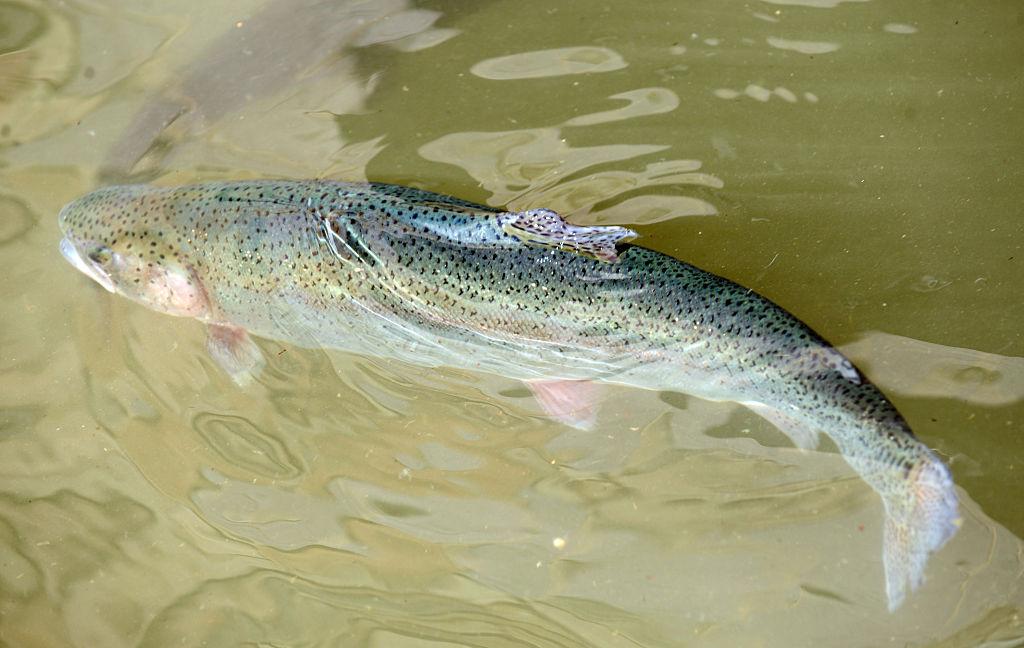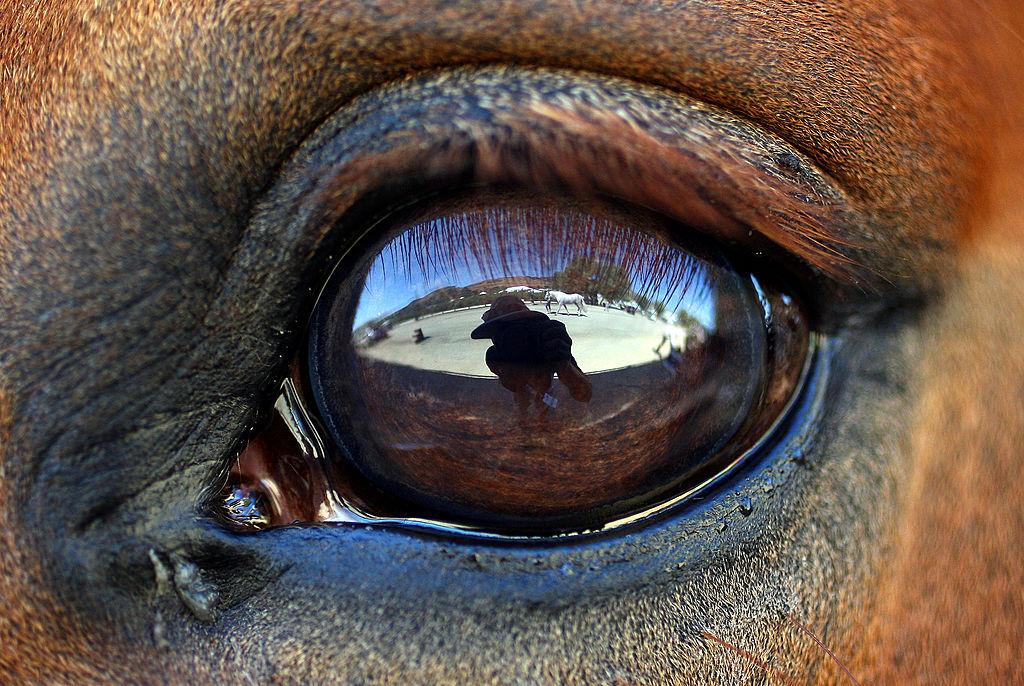California will humanely euthanize approximately 350,000 catchable rainbow trout due to a bacterial outbreak, which has led to a fishing stock shortage in parts of the state, the California Department of Fish and Wildlife announced on June 20.
Two facilities operated by the state agency—Black Rock and Fish Springs hatcheries in Inyo County—were detected with a naturally occurring bacteria, Lactococcus petauri, as early as April this year. Nearly 350,000 rainbow trout are infected and showing signs of disease, according to the department’s statement.




